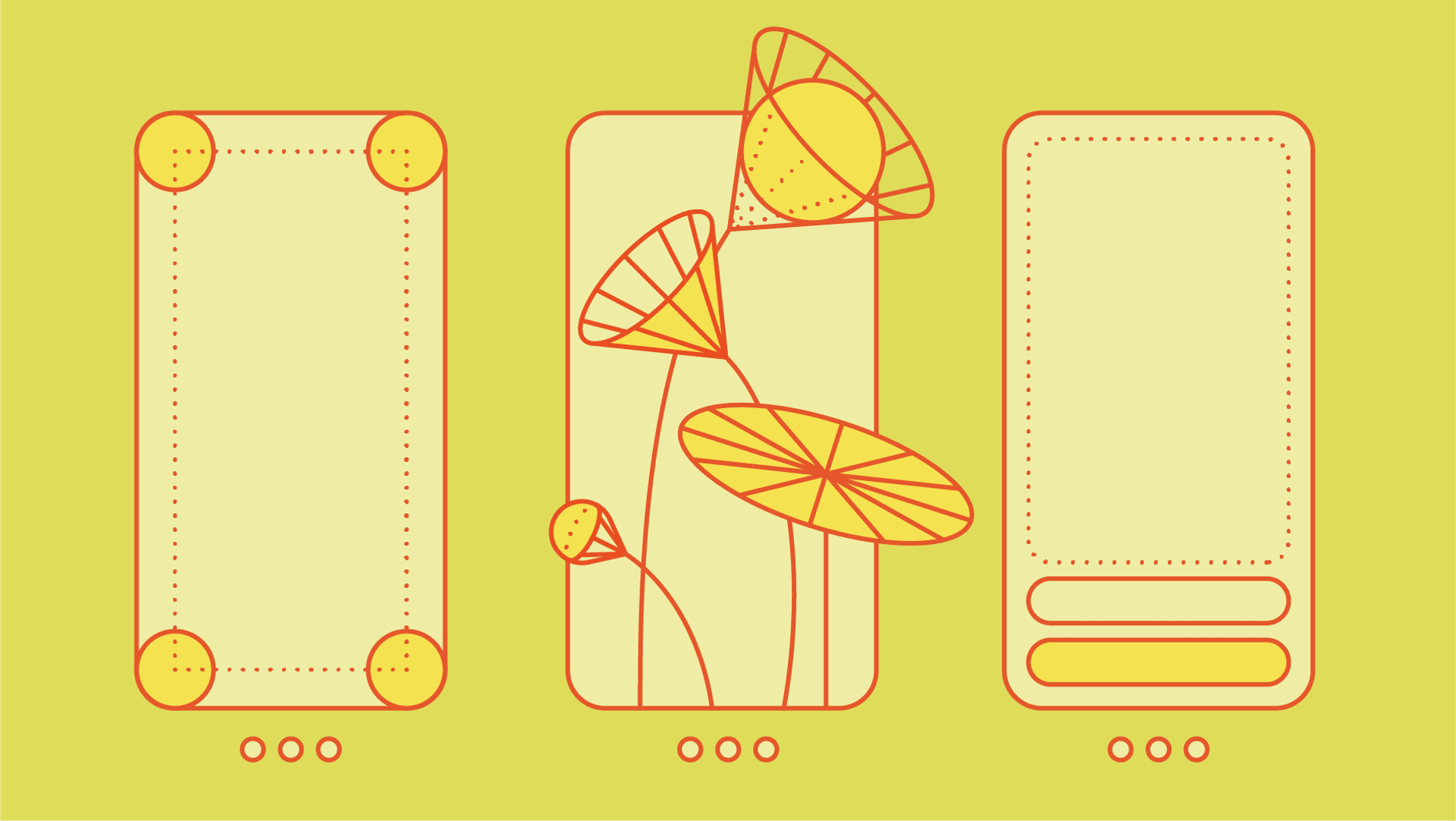As the digital landscape continues to evolve at breakneck speed, we, as designers, have a responsibility to create products that are not only user-friendly but also ethical. Ignoring these aspects can lead to negative consequences for users, society, and the environment. I’ll dive into the principles of ethical digital product design, its benefits, and some real-world examples that embody these principles.
The Principles of Ethical Digital Product Design
User-centered design - As designers, we should always put users at the heart of our design process. By prioritizing their needs and preferences, we can create products that are easy to use and cater to diverse user groups. Inclusivity and accessibility are vital in this regard, as they make digital products accessible to people with different abilities and backgrounds.
Transparency and honesty - Being upfront and honest about a product’s functionality and data usage is essential for building user trust. We should strive to address potential biases and limitations to ensure that users have a clear understanding of how our products work and how their data is being used.
Privacy and security - Protecting user data and respecting consent are crucial aspects of ethical digital product design. Let’s implement robust security measures and give users control over their data to foster trust and ensure compliance with data protection laws.
Ethical Considerations in the Design Process
Engaging all stakeholders - Working together with diverse team members and actively seeking user input and feedback can result in more balanced and ethical design outcomes. Engaging all stakeholders not just users helps us identify potential ethical issues and refine our products accordingly.
Evaluating potential impacts - We should anticipate unintended consequences and assess the long-term effects of our products on users and society. While not perfect, this evaluation might allow us to address potential issues before they become problematic.
Continuous improvement and iteration - Learning from past mistakes and successes, and adapting to changing user needs and expectations, contribute to the ongoing improvement of ethical digital product design.
Benefits of Ethical Digital Product Design
Enhanced user trust and loyalty - When we practice ethical design, we strengthen our brand reputation and foster user trust, leading to increased user engagement and retention.
Reduced legal and regulatory risks - Compliance with data protection laws and industry standards minimizes our exposure to fines and penalties, safeguarding our reputation.
Improved innovation and competitiveness - By fostering a culture of responsible innovation and differentiating our products through ethical design, we can gain a competitive edge in the market.
Real-World Example of Ethical Digital Product Design?
Microsoft’s Inclusive Design initiative focuses on creating accessible digital platforms and tools for users with diverse abilities and backgrounds. It’s an excellent example of putting inclusivity at the forefront. Take a look here
Ethical digital product design is more than just a trend; it’s our responsibility as designers in today’s digital age. By integrating ethical principles into our design processes, we can create products that are user-centered, inclusive, and sustainable. Let’s work together to contribute to a better digital ecosystem for everyone.

